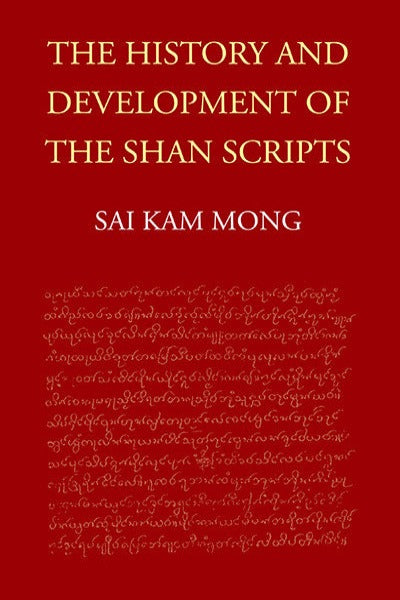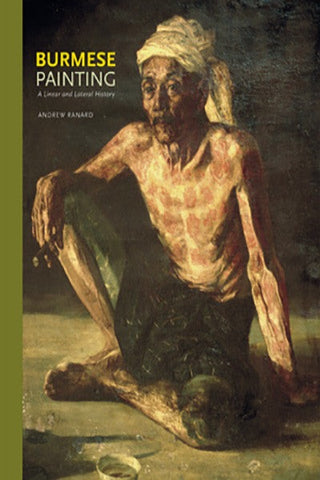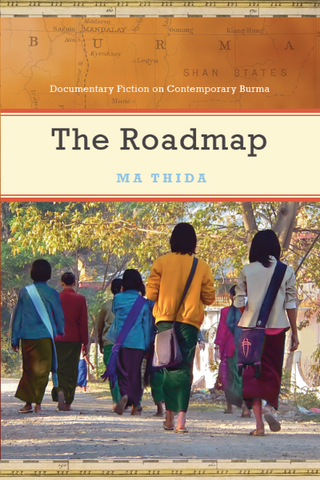History and Development of the Shan Scripts, The
by Sai Kam MongThis book is currently out of stock. Please contact orders@silkwormbooks.com for purchasing information.
The earliest reference to Syam or Shan is found in a Pagan inscription from A.D. 1120. From these early beginnings, author Sai Kam Mong explores the history of the Shan people and their close relationship with Burma and Northern Thailand, to provide a backdrop for the focus of his research: the development of the shan scripts.The book explores the possible origins of the Shan alphabet, citing the wide-ranging opinions of many scholars, and then delves into a careful analysis of the successive stages of the Shan script, from the earliest forms of Lik Hto Ngouk, through Lik Tou Moan and Hkun scripts, noting the problem and idiosyncrasies of each. In addition. it examines the spelling and handling of Pali words within religious writing in each of these scripts and the Yaun script. Excerpts from early manuscripts are presented as evidence.
In the final section, Soi Kam Mong considers the shortcomings of the early Shan script and presents the various modern scripts that have been proposed as alternatives, namely Mai Sung Lik Tai, the Shan Council Script, the Common Shan Script, the Hsipaw Script, and the Shan Commission Script. He concludes with a report outlining policy issues in teaching the Shan language over the past fifty years and the resulting erosion of Shan language identity. Appendices give explanations of Shan writing culture, the grammar and vocabulary of early Shan, and Shan poetry, in addition to an extensive bibliography.
This volume will prove to be an indispensable linguistic reference on the developments in form and usage of the various Shan scripts.
About the Auther
SAI KAM MONG earned an M.A. in history from the University of Mandalay and was a lecturer for many years in the departments of history in Mandalay and Yangon Universities. He specializes in the history of the Shan in Myanmar.








Share this item: